When choosing a photographer to feature I had a hard time deciding who I wanted to show. It was between Frans Lanting and Brent Stirton. I only write that because I do want you all to check out Frans Lantings site (Lanting.com) and instagram. But I decided to feature Brent Stirton because when I looked at his work I got a little jealous. I like what he does because each image I looked at made me feel something. There's a wide variety of subjects and moods in his photography and even though its not always pretty the work is moving. He takes an objective look into people's lives and isnt set into any one style as far as I could tell.

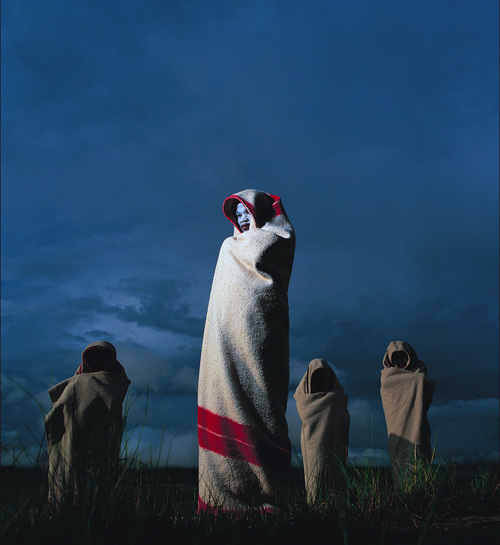
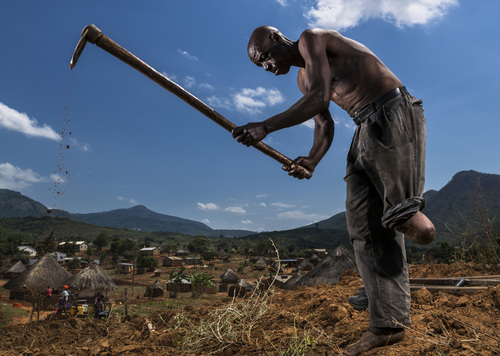


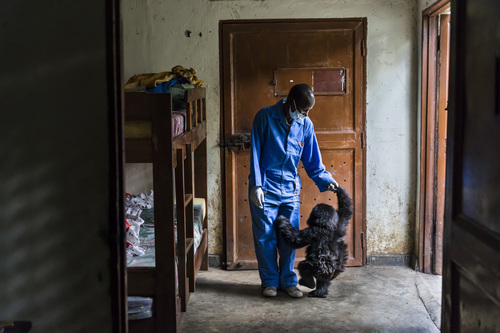

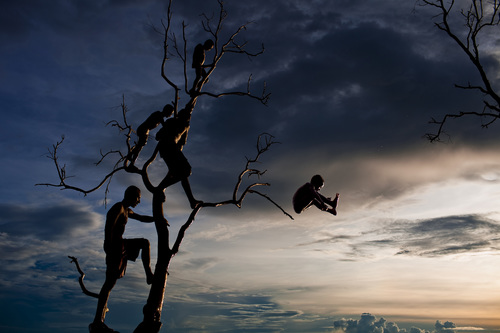
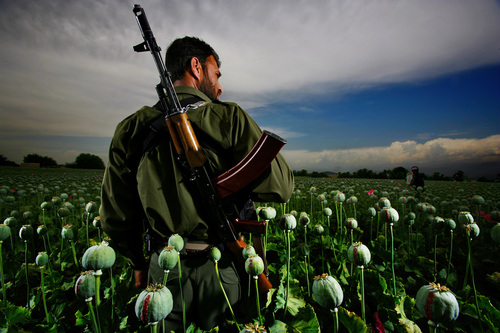
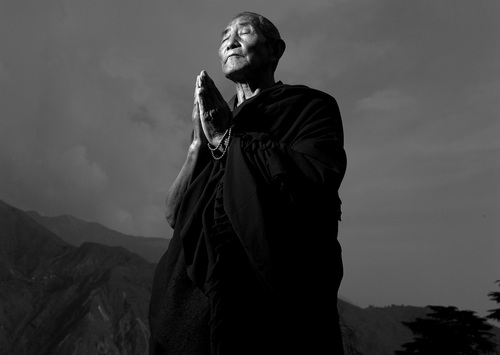

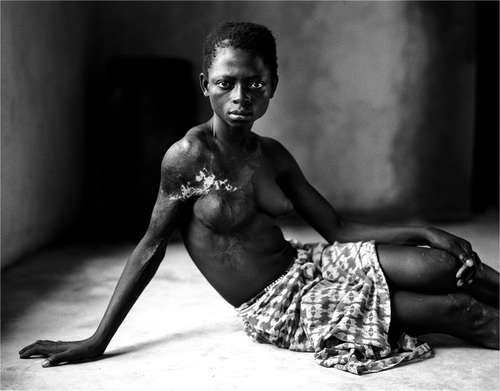
No comments:
Post a Comment